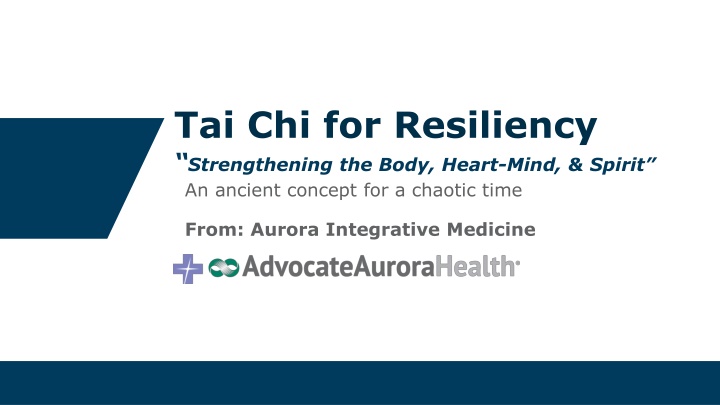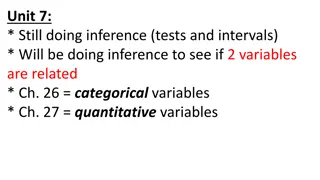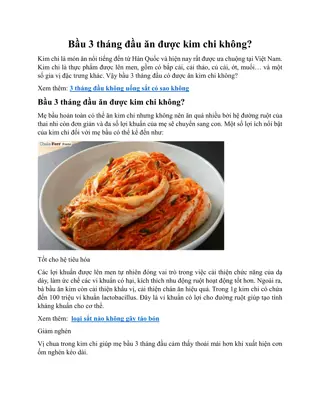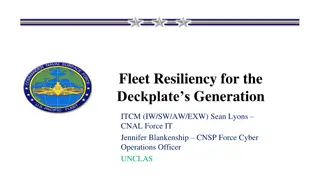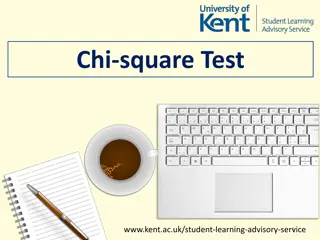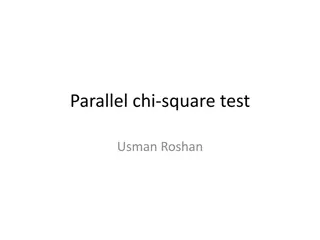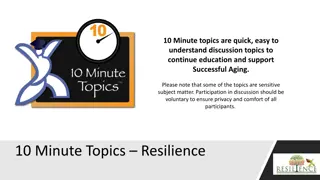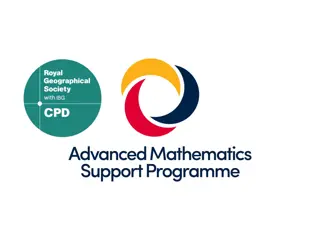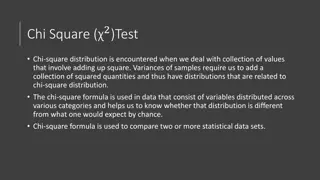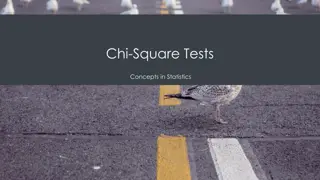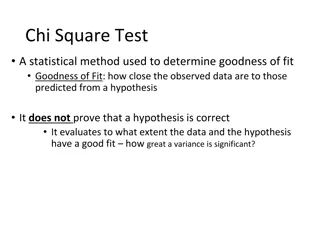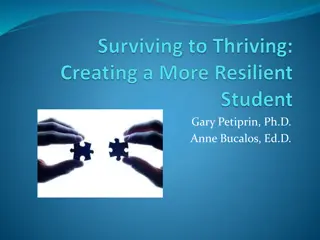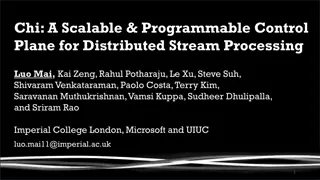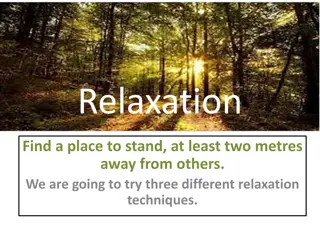Tai Chi for Resiliency
Strengthen your body, heart-mind, and spirit with Tai Chi to reduce stress and enhance resiliency. Learn evidence-based principles and how to practice Tai Chi effectively in moments of stress for better well-being.
Download Presentation

Please find below an Image/Link to download the presentation.
The content on the website is provided AS IS for your information and personal use only. It may not be sold, licensed, or shared on other websites without obtaining consent from the author.If you encounter any issues during the download, it is possible that the publisher has removed the file from their server.
You are allowed to download the files provided on this website for personal or commercial use, subject to the condition that they are used lawfully. All files are the property of their respective owners.
The content on the website is provided AS IS for your information and personal use only. It may not be sold, licensed, or shared on other websites without obtaining consent from the author.
E N D
Presentation Transcript
Tai Chi for Resiliency Strengthening the Body, Heart-Mind, & Spirit An ancient concept for a chaotic time From: Aurora Integrative Medicine
Tai Chi for Resiliency Strengthening your body, heart-mind, and spirit can help us reduce stress and improve our sense of resiliency. This is an ancient concept that we can use in this chaotic time Developed hundreds of years ago, Tai Chi is the quintessential dance of awareness to be able to strengthen your Body, Heart-Mind, and Spirit to help you overcome life s challenges. Body Heart-Mind Spirit
Tai Chi for Resiliency Tai Chi (pronounced Tie Jee ) Translates to: Supreme Ultimate This empowering message can remind us all that we are all born with our own unique Supreme Potential to confront and overcome our Ultimate Challenges
Tai Chi for Resiliency These evidence-based practice principles of Tai Chi can be utilized by everyone at any time to maximize an individual s ability to reduce stress andimprove one s sense of resiliency: Body Posture Research: Adopting an upright posture in the face of stress can maintain self-esteem and improve your mood1 Deep Breathing Research: Decisively influences reductions in fear and anger2 Being Mindful to promote muscle relaxation Research: A viable approach to reduce anxiety and depression3 Perform Rhythmic Movements Research: Slow rhythmic movements in Tai-Chi attenuates stress4
Tai Chi for Resiliency How you can use this: whenever you have the time, especially when feeling stressed, use these Tai Chi practice principles for 1-2 minutes: 1. Assume a posture of confidence 2. Breathe deeply 3. Relax the muscles you do not need while moving rhythmically For example: when standing, slowly turn your body to the left and right with your arms hanging loosely by your sides. 4. Be mindful to how you are feeling with an understanding that if you name it you can control it: For example: As I inhale I know I am anxious or afraid as I exhale I know I can control it . Feel the power of Resiliency!
References: 1. Nair, S., Sagar, M., Sollers, J. III, Consedine, N., & Broadbent, E. (2015). Do slumped and upright postures affect stress responses? A randomized trial. Health Psychology, 34(6), 632-641. Volker Busch, Walter Magerl, Uwe Kern, Joachim Haas, G ran Hajak, Peter Eichhammer, The Effect of Deep and Slow Breathing on Pain Perception, Autonomic Activity, and Mood Processing An Experimental Study, Pain Medicine, Volume 13, Issue 2, February 2012, Pages 215 228 3. Edenfield TM, Saeed SA. An update on mindfulness meditation as a self-help treatment for anxiety and depression. Psychol Res Behav Manag. 2012;5:131 141. doi:10.2147/PRBM.S34937. 4. Yeung A, Chan JSM, Cheung JC, Zou L. Qigong and Tai-Chi for Mood Regulation. Focus (Am Psychiatr Publ). 2018;16(1):40 47. doi:10.1176/appi.focus.20170042 2.
